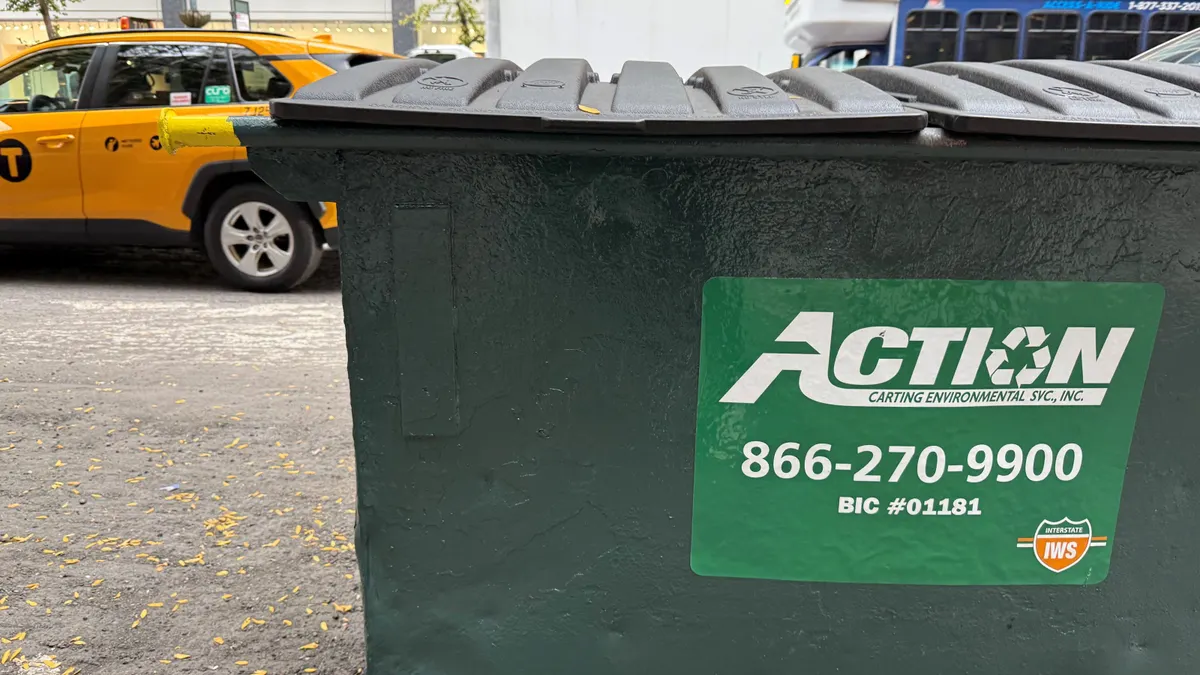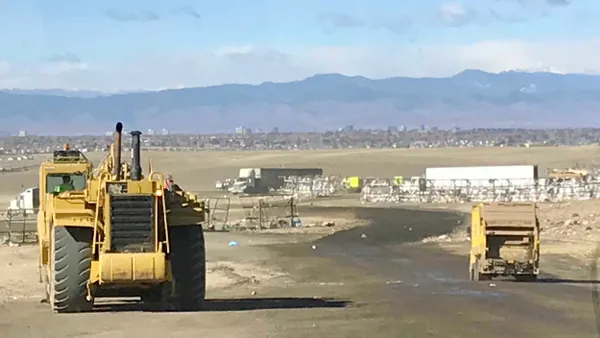Dive Brief:
- Forbes has reported that the Department of Energy will start to change rules on nuclear waste disposal, implementing a "consent-based" approach to deciding where to store nuclear waste. The goal is to create jobs and economical benefits in regions that are willing to take the waste.
- In addition to the consent strategy, the DOE is also taking two more actions: planning the siting and licensing of a large storage facility for commercial spent nuclear and high-level radioactive waste, as well as funding a study to drill a 3-mile borehole into the Earth's crust below North Dakota for radioactive waste disposal.
- These developments follow the recommendations of President Obama’s Blue Ribbon Commission on America’s Nuclear Future.
Dive Insight:
The proper disposal of nuclear and radioactive waste has been debated for decades — yet as the nation debates, it slowly becomes deteriorated by the hazardous waste being stored in the ground. Many environmental and civilian dangers have been threatened by radioactive waste; most notably and recently are the potential dangers that will be brought to surface if a fire reaches Missouri's radioactive West Lake Landfill.
While the DOE's plans are delivered with good intentions, there can be some flaws to implementing a "consent-based" approach to nuclear waste disposal — primarily, decisions would need everybody's consent, not just the consent of the main stakeholders surrounding the disposal site.
"In the past, it seemed as though these far-away ideological people had more say than those who lived right near the site, which is another way to politicize the process. So a true consent-based program more heavily weights the opinions of those who live closer to the proposed site, as it should be," wrote Forbes contributor James Conca.
No matter how Congress and stakeholders decide to tackle radioactive waste, Conca explains that there are 3 simple options for how it is disposed: it stays exactly where it is, it's disposed of in a borehole, or the DOE expands the use of massive salt as a deep geologic repository.










